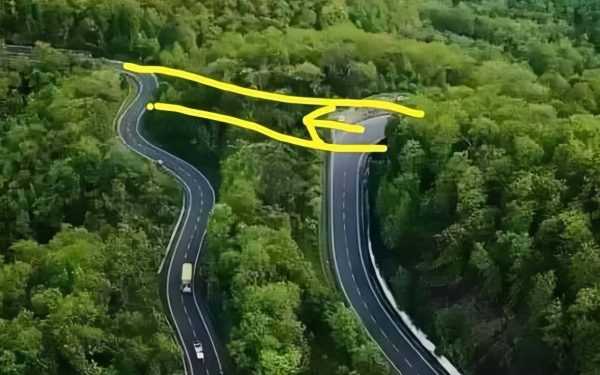People do not typically construct shortcuts with the intention of reducing the speed of vehicles passing through specific areas. Instead, shortcuts are often created to provide a more direct route for drivers, allowing them to reach their destinations more quickly. While these pathways can be convenient, they do not inherently address the issue of speed control.
In many cases, local authorities or community planners may implement various measures to manage vehicle speed, such as speed bumps, signage, or traffic signals, rather than relying on the presence of shortcuts. These measures aim to enhance safety for pedestrians and residents, especially in areas where traffic is heavy or where children frequently play.
Ultimately, the creation of shortcuts is typically focused on improving travel efficiency, but it is crucial for communities to balance this convenience with the need for safety and appropriate speed limits. Careful planning and design can help ensure that shortcuts do not inadvertently encourage reckless driving or endanger those who live or work nearby.

